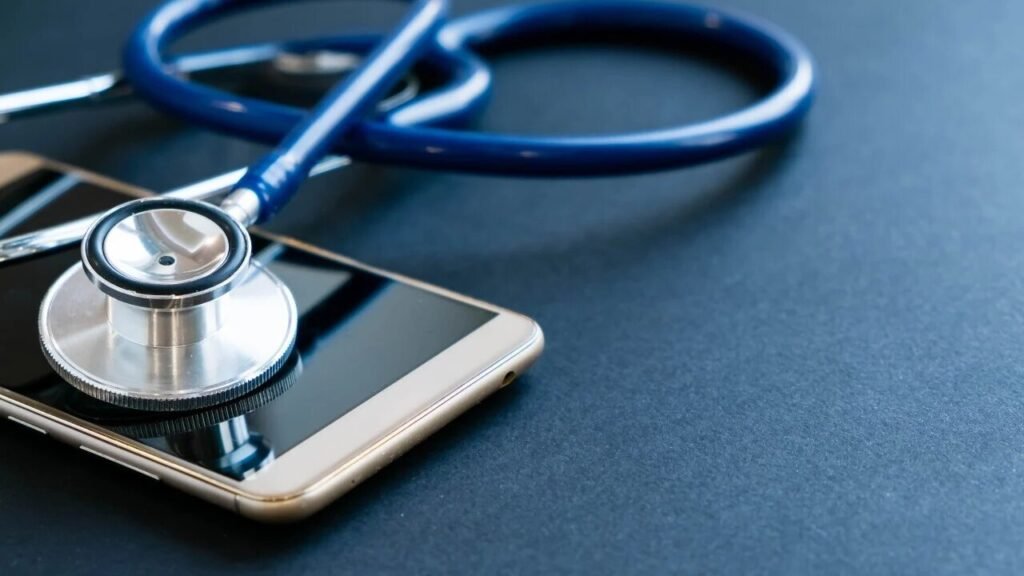In our hyper-connected world, smartphones are the primary gateway to the internet. Whether it’s checking emails, streaming videos, or using navigation apps, a reliable Wi-Fi connection is essential. However, Wi-Fi connectivity issues are among the most common problems smartphone users face. These issues can range from intermittent disconnections to the inability to connect to a network altogether. Repair technicians rely heavily on phone diagnostic software to quickly and accurately diagnose and resolve these issues. Solutions like Phone Clinix make this process faster, more efficient, and far more accurate than traditional troubleshooting methods.
Common Causes of Wi-Fi Connectivity Problems
Wi-Fi issues in smartphones can stem from various hardware and software factors. Understanding these root causes is essential for effective diagnosis and repair. Here are the most common:
Router or Network Configuration
Sometimes the issue lies not with the phone, but with the Wi-Fi router or network settings. IP conflicts, weak signals, or outdated firmware can cause persistent disconnection problems.
Software Glitches
Operating system bugs, corrupted network settings, or misconfigured apps can interfere with Wi-Fi performance. These software issues often go unnoticed without using phone diagnostic software.
Hardware Malfunction
A faulty Wi-Fi antenna or damaged motherboard can prevent a smartphone from detecting or connecting to wireless networks. Hardware diagnostics are crucial in identifying such issues.
Battery Saver Settings
Modern smartphones use aggressive power-saving features that may disable Wi-Fi to conserve energy. Diagnosing this requires tools like Phone Clinix to check system behavior in real-time.
Role of Phone Diagnostic Software in Identifying Wi-Fi Issues
The first step in resolving Wi-Fi connectivity problems is identifying the root cause. Phone diagnostic software plays a critical role in this phase by automating the testing process. Technicians no longer need to guess or rely solely on trial and error.
Phone Clinix, for instance, allows repair shops to run specific network diagnostics that analyze the phone’s Wi-Fi module, connection history, signal strength, and more. This ensures a fast and comprehensive assessment.
How Phone Clinix Streamlines Wi-Fi Diagnostics
Phone Clinix is designed with efficiency in mind. Its powerful features allow for quick identification of Wi-Fi issues and offer suggestions for resolution. Here’s how repair technicians use it to diagnose Wi-Fi problems:
Step 1: Initial Assessment
Upon receiving a device with reported Wi-Fi problems, the technician opens Phone Clinix and begins with a full network diagnostics scan. This automated process checks all relevant parameters in seconds.
Step 2: Analyze Signal Strength and Connectivity
Phone Clinix provides detailed metrics on signal strength, frequency bands (2.4GHz vs 5GHz), and connection stability. If the phone struggles to maintain a connection in a strong-signal area, it’s likely a hardware fault.
Step 3: Detect Software Conflicts
The software also checks for system-level conflicts, such as outdated firmware, DNS issues, or aggressive battery-saving features that may disable background network usage.
Step 4: Evaluate Hardware Functionality
If the diagnostics reveal weak or no signal even when other phones work fine on the same network, it indicates a potential hardware failure—possibly a damaged Wi-Fi antenna. Phone Clinix can detect these faults through a combination of signal behavior and test results.
Step 5: Report Generation
Once the diagnostic is complete, Phone Clinix generates a report detailing the results, which can be shared with the customer. This not only builds transparency but also helps the technician plan the next repair steps.
Manual Troubleshooting vs Diagnostic Software
While manual troubleshooting has its place, it is often time-consuming and prone to human error. Here’s how phone diagnostic software like Phone Clinix compares:
| Aspect | Manual Troubleshooting | Phone Diagnostic Software |
|---|---|---|
| Time Consumption | High | Low |
| Accuracy | Variable | High |
| Customer Confidence | Moderate | High |
| Technical Complexity | Requires expertise | User-friendly interface |
| Consistency | Inconsistent | Standardized diagnostics |
By using Phone Clinix, technicians reduce diagnosis time while increasing accuracy, ensuring consistent and professional service.
Best Practices for Diagnosing Wi-Fi Issues Using Software
To maximize the effectiveness of phone diagnostic software, technicians should follow a few best practices:
Ensure Network Availability
Always verify that the Wi-Fi network in question is functioning correctly by testing it with other devices.
Keep Software Updated
Both the phone’s OS and the diagnostic tool like Phone Clinix should be regularly updated to ensure compatibility and access to the latest features.
Cross-Test on Multiple Networks
Run the Wi-Fi diagnostic on different networks to isolate whether the problem is tied to a particular router or the phone itself.
Document Findings
Use the reporting tools within Phone Clinix to maintain records of the diagnostics and repairs. This helps with future service and customer follow-ups.
Benefits of Using Diagnostic Software for Wi-Fi Repairs
There are numerous advantages of integrating phone diagnostic software into Wi-Fi issue resolution workflows:
Faster Turnaround
Quick and accurate diagnostics reduce the time needed to identify and resolve issues, resulting in faster service delivery.
Improved Customer Satisfaction
When customers are presented with detailed diagnostic reports from Phone Clinix, they gain confidence in the service being provided.
Fewer Returns
Accurate diagnostics mean problems are fixed correctly the first time, reducing the chances of customer returns or rework.
Enhanced Technician Productivity
By automating many tests, phone diagnostic software allows technicians to focus on repairs instead of spending time on trial-and-error diagnoses.
Future of Wi-Fi Diagnostics in Mobile Repair
As mobile technology evolves, the diagnostic tools must keep up. Emerging trends in phone diagnostic software include:
-
AI-Based Network Analysis: Predictive analytics will soon help detect potential Wi-Fi issues before they cause connectivity problems.
-
Remote Diagnostics: Platforms like Phone Clinix are developing features to run tests remotely via a customer-facing app, enabling preliminary diagnostics before the device reaches the repair shop.
-
Integration with Device Manufacturers: Closer integration between diagnostic tools and OEMs will allow for more accurate fault detection and easier access to parts and repair guides.
Conclusion
Diagnosing Wi-Fi connectivity issues in smartphones doesn’t have to be a guessing game. With modern phone diagnostic software, repair shops can quickly identify the source of the problem—whether it’s hardware, software, or network-related. Tools like Phone Clinix are revolutionizing how technicians handle these common yet complex issues. By automating the process, increasing accuracy, and providing clear insights, Phone Clinix empowers repair professionals to deliver faster, more reliable service. As the mobile industry continues to grow, the role of intelligent diagnostics will only become more critical in ensuring connectivity stays strong and uninterrupted.





